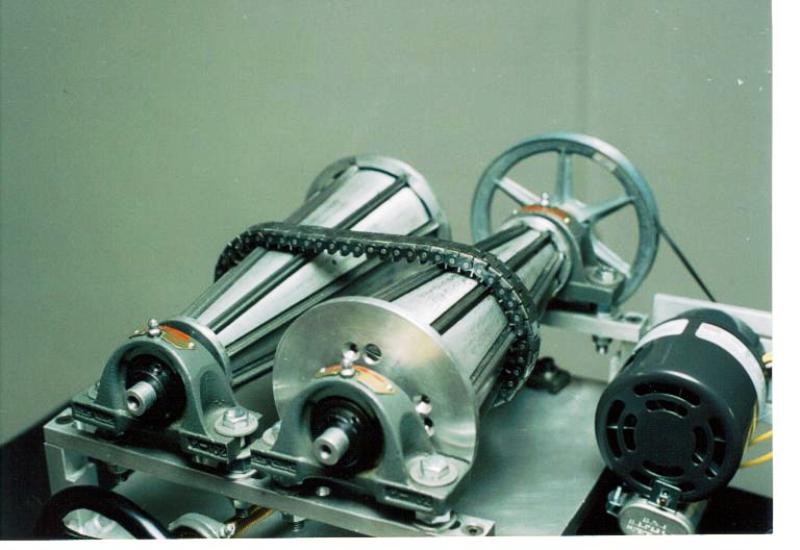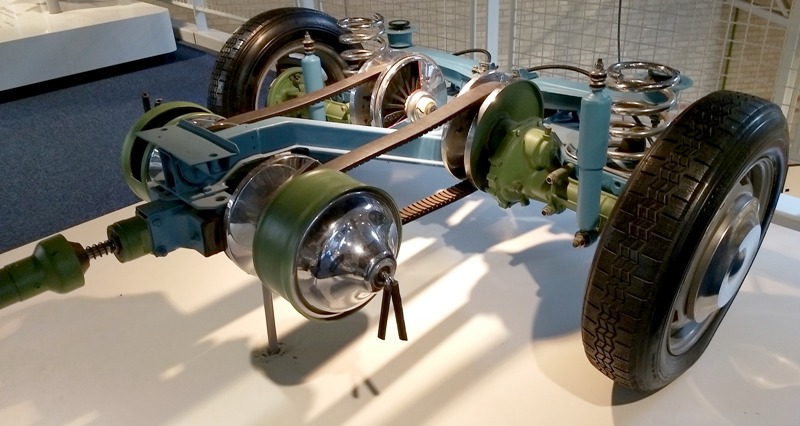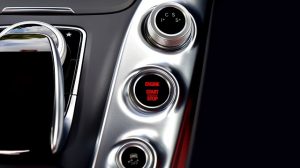If you’re a car enthusiast or someone in the market for a new vehicle, you’ve likely encountered the acronym “CVT” in your quest for the perfect ride. CVT, or Continuously Variable Transmission, is a fascinating piece of automotive technology that’s reshaping the way we drive. In this guide, we’ll demystify CVT transmissions, uncover their inner workings, and explore why they’ve gained popularity in the world of cars and vehicles.
The CVT: A Modern Marvel
CVT transmissions represent a significant departure from traditional automatic and manual transmissions. Here’s what you need to know:
How CVT Works
- Unlike conventional transmissions with a fixed number of gears, CVTs don’t have gears in the traditional sense. Instead, they use a system of belts, pulleys, and cones to provide an infinite number of gear ratios. This continuous and smooth transition between ratios is where the name “Continuously Variable Transmission” comes from.
Efficiency and Smoothness
- CVTs are known for their efficiency. By constantly adjusting the gear ratio to match the vehicle’s speed and load, CVTs ensure the engine operates in its optimal range. This leads to smoother acceleration and improved fuel efficiency.
Acceleration and Performance
- CVTs can provide seamless acceleration, making them popular in city driving and economy cars. However, some drivers find that they lack the “kick” or sporty feel associated with traditional transmissions.
Pros and Cons
Pros:
- Fuel Efficiency: CVTs excel in fuel efficiency because they keep the engine in its sweet spot, minimizing wasted energy.
- Smooth Ride: The absence of gear shifts results in a smoother, more comfortable driving experience.
- Easy to Drive: CVTs are user-friendly and ideal for stop-and-go traffic or city driving.
- Compact and Lightweight: CVTs are usually more compact and lighter than traditional transmissions, which can contribute to better fuel economy.
Cons:
- Limited Sportiness: Some drivers miss the sporty feel of gear shifts, which CVTs lack.
- Maintenance Challenges: Repairing or replacing CVTs can be costly, as they require specialized expertise and parts.
- Noise Under Heavy Load: Some CVTs can produce a droning sound under heavy acceleration, which some drivers find less appealing.
The CVT in Action

CVT transmissions can be found in a wide range of vehicles, from compact cars to SUVs and hybrids. Their presence is often associated with the pursuit of better fuel efficiency. Some car manufacturers known for incorporating CVTs into their models include Nissan, Honda, Subaru, and Toyota.
Maintenance and Longevity
CVTs require proper care to ensure longevity. Regular maintenance, including fluid changes, is essential to keep the transmission in good condition. While CVTs are generally reliable, it’s crucial to address any issues promptly, as repairs can be expensive.
The Future of CVT
CVT technology continues to evolve, with some automakers developing hybrid systems that combine CVTs with electric motors for even greater efficiency. As automakers seek to meet stricter emissions standards and improve fuel economy, the role of CVTs in the automotive landscape is likely to grow.
Tags: CVT transmission, Continuously Variable Transmission, CVT pros and cons, CVT maintenance
Conclusion
CVT transmissions have reshaped the world of cars and vehicles with their efficiency and smooth operation. While they may not provide the same sporty feel as traditional transmissions, their role in improving fuel efficiency and optimizing engine performance is undeniable. As automakers continue to innovate, the future of CVT technology holds exciting possibilities for both eco-conscious and everyday drivers.
Whether you’re a car enthusiast or simply seeking a fuel-efficient ride, understanding the mechanics and benefits of CVT transmissions will help you make an informed choice when it comes to your next vehicle purchase. Embrace the innovation and efficiency of CVT transmissions, and drive confidently into the future of automotive technology. ??️?




